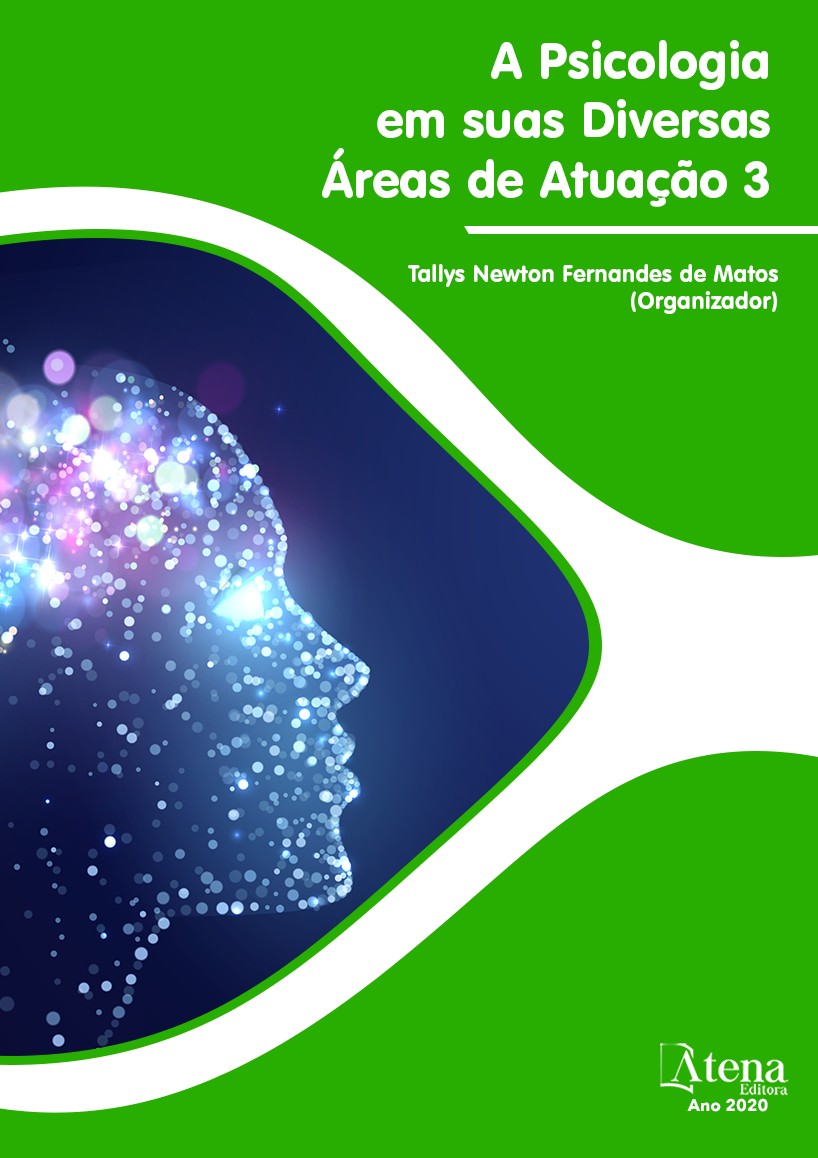
Estudo da associação entre o desfralde e o uso do eu
O estabelecimento do desfralde e o início do uso do “eu” pela criança ocorrem em torno dos 2-3 anos. Diante dessa aproximação temporal, o objetivo deste estudo foi investigar a possível associação entre o uso do “eu” e o processo de conquista do desfralde em sete crianças matriculadas em uma creche institucional do Estado, usando metodologia qualitativa. As crianças foram acompanhadas por um período total de 10 meses, com verificação mensal dos dois eventos, através de questionários sobre o desfralde e de filmagem de sessões lúdicas, de onde foram extraídas as manifestações verbais das crianças. As expressões verbais foram qualitativamente analisadas a partir dos seguintes eixos: 1. Situações de possessividade relacionadas ou não a conflitos; 2. Independência e alternância com imitação e 3. Mistura entre a primeira e a terceira pessoa para fazer referência a si mesmo. No período contemplado pela pesquisa, 3 crianças (2 meninas e 1 menino) chegaram ao desfralde. Os resultados indicaram associação entre desfralde e uso do “eu” principalmente nos seguintes aspectos: predomínio do uso do “eu” para fazer referência a si mesmo, uso do “eu” em situações de independência e em situações nas quais há o desejo de mostrar às outras pessoas habilidades já adquiridas pela criança.
Estudo da associação entre o desfralde e o uso do eu
-
DOI: 10.22533/at.ed.1832017069
-
Palavras-chave: Controle esfincteriano, eu, desenvolvimento infantil
-
Keywords: Sphincter control, I, child development
-
Abstract:
The “process of getting free from diapers” (symbol D) and the beginning of the use of "I" by the child occur around 2-3 years. In face of this temporal approach, the objective of this study was to investigate the possible association between the use of "I" and the D in seven children enrolled in an institutional daycare center of the State, using a qualitative methodology. The children were followed for a total period of 10 months, with monthly verification of the two events, through questionnaires about the D and filming of play sessions, from which the verbal manifestations of the children were extracted. Verbal expressions were qualitatively analyzed from the following axes: 1. Situations of possessiveness, related or not to conflicts; 2. Independence and alternation with imitation and 3. Mixing between the first and third person to show self-awareness. In the period contemplated by the research, 3 children (2 girls and 1 boy) got free from diapers. The results indicated an association between the D and the use of "I” mainly in the following aspects: predominance of the use of “I” to express self-awareness, use of “I” in situations of independence and in situations in which there is a desire to show to other people abilities already acquired by the child.
-
Número de páginas: 19
- Rogerio Lerner
- Lia Queiroz do Amaral
- Anna Victória Pandjarjian Mekhitarian Moraes


